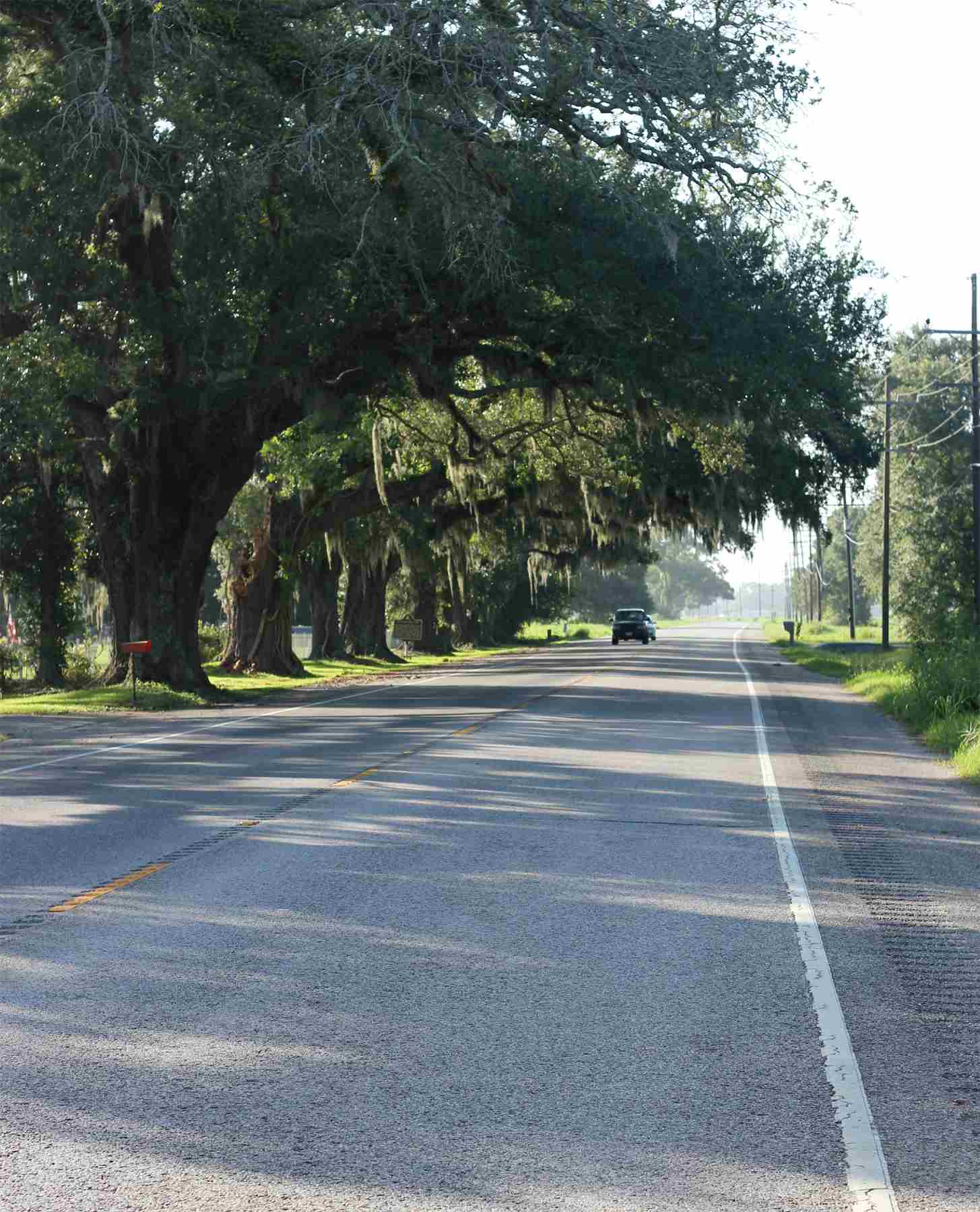
Photo credit: Natalie Baszile
4.
Writing Queen Sugar
Often, in offering advice to young writers, more seasoned authors will say, “Write what you know”—which means, write about and from your experience. I was born in a Los Angeles suburb and have spent my entire life in California. So, when people learn that I wrote Queen Sugar—a novel about a young African American woman who inherits eight hundred acres of sugarcane land in South Louisiana—they’re curious to know how that advice applies. How could I possibly have written about a world so different from my own?
The answer is that my father, the late Barry Baszile, was born and raised in South Louisiana. He is my connection to my southern heritage. And so, to understand what lies at the heart of Queen Sugar, you have to know something about my dad.
He was born in 1937, during the height of Jim Crow segregation, and lived with his family in Elton, a tiny town in the southwest corner of the state near the Texas border. But unlike the rest of his family, who somehow managed to make peace with the place, my dad hated Louisiana and couldn’t wait to escape.
He frequently told my sister and me a story illustrating how motivated he was to leave. As a teenager in Elton, my dad worked at the town’s only gas station after school and in the summer. Occasionally, when it was hot, he went to work without shoes. On his breaks, he went inside the garage, where it was cool. He’d prop his bare feet on a spare tire or a toolbox. Once, when he fell asleep, the white boys who worked in the gas station with him slathered his feet with liquid rubber and set it on fire, then fell over themselves laughing as he stomped out the flames. They called the game “Hot Foot.”
It’s no surprise, then, that for my dad there was nothing romantic or compelling about the South. California was the land of opportunity, the place where he could realize his dreams free of the limitations the South imposed. And so, the night of his high school graduation, he packed his single suitcase and caught a ride to California with a woman from Elton who needed someone to help pay for gas and share the driving. He was part of the last wave of the Great Migration. He settled in Los Angeles and never looked back. He never lived in Louisiana again.
While many African American parents send their kids “back home” to the South each summer, my parents never did. As a result, my sister and I grew up in Southern California not really knowing our southern family. For the most part, Louisiana was a mystery, a place we knew only from my grandmother Miss Rose, her occasional letters and phone calls, and the boxes of Louisiana delicacies—dried gulf shrimp, homemade pralines—that arrived on our doorstep once a year around the holidays.
And yet, as much as my father despised the South and most of what it stood for, he maintained a strong connection to his family. Once a year, usually in April or May before the humidity became unbearable, he traveled back to his hometown to take Miss Rose on a road trip. His rule was that he would take her wherever they could drive to and from in four days, believing that after four day’s time the ghosts of his past would start to haunt him. He flew into Lake Charles and drove the few miles to Elton. Miss Rose was usually waiting on the porch, her pink suitcase packed and ready by the time he pulled up. “Mother, where would you like to go?” he’d ask. Sometimes they drove to Grand Isle. Other times they drove to New Orleans. If Miss Rose felt ambitious, they drove to Little Rock, Arkansas.
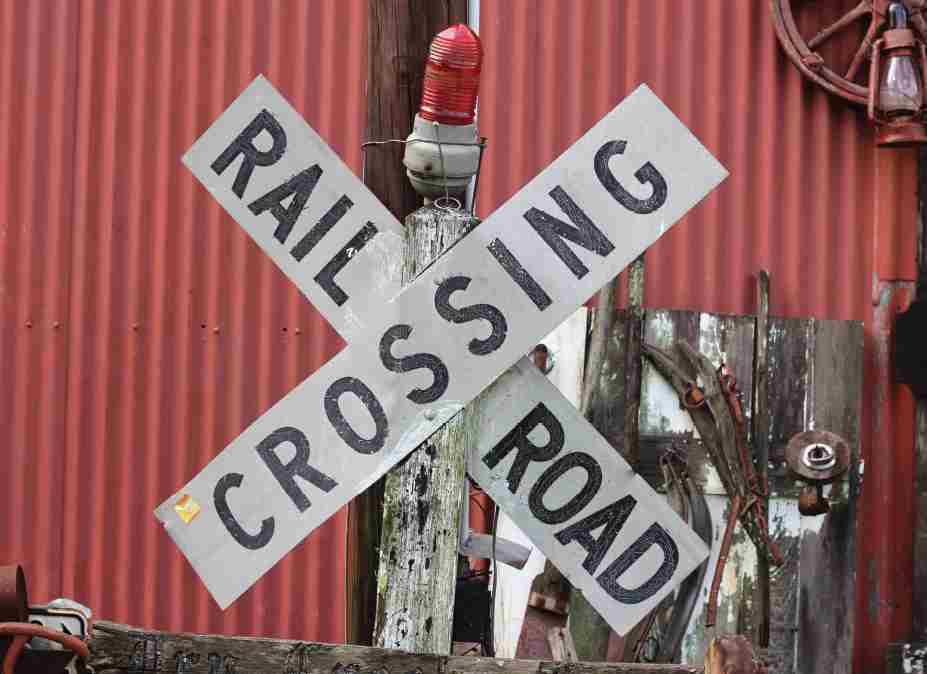
Photo credit: Natalie Baszile
I was a college sophomore when I first accompanied my father and Miss Rose on one of their road trips. By then, I’d declared English as my major and had taken my first African American literature class, Barbara Christian’s “Black Women Writers.” Professor Christian, tall, slender, and brown-skinned, with a dozen gold bangles stacked along each forearm, had introduced me to the Grand Dames of African American literature: Zora Neale Hurston and Toni Cade Bambara; Gloria Naylor, Alice Walker, Nella Larsen, Gayle Jones, and Toni Morrison. There was something majestic about their novels, something elegant about their characters’ lives, even if their circumstances were humble. Those authors captured what I knew was true and dignified about the Black experience, and I’d started to imagine what it might be like not just to read those books, but to write books of my own, to be part of the conversation and find my place in African American literary tradition.
Now, as my father drove and Miss Rose sat in the passenger seat nursing her bottle of Coca-Cola, I sat in the back listening as they recounted stories of my father’s childhood or gossiped about what was happening in town. Through their stories, Louisiana—the place that was so different from everything I’d known—came to life. As a budding storyteller, I found the pull of the people and the place impossible to resist.
July 15, 1999, marked my birth as a writer. That was the day I resigned from my father’s business—a company that sold aluminum sheet, plate, rod, and bar to the aerospace and aircraft industry—and began my life of words. Years earlier, when I was twelve or thirteen, I’d promised my dad that when I graduated from college, I would work for him. He had a saying: “My word is my bond.” It was a sentiment he lived by, and he had passed that sense of personal accountability on to me. So even though I dreamed of writing, I kept my word. For eleven years after graduating from college, I tried to love aluminum. For eleven years I forced myself to care about B-1 bombers, space shuttles, and Joint Strike Fighters built by the defense contractors who were our customers. But by 1999, I couldn’t take any more. I was miserable. My dad was starting to talk of retiring and passing the business along to me. I knew that if I didn’t quit and take a chance on pursuing my dream, I never would. If I stayed, one day—maybe not the next day or the next year, but eventually—I’d wake up and not care about the business my dad had spent most of his adult life building. I couldn’t disrespect his legacy. The best thing was for me to leave.
Toni Morrison says, “If there is a book you want to read, but it hasn’t been written yet, you must write it.” And so, on June 15, 1999, inspired by the novels I’d read in Professor Christian’s class and with a story idea in mind, I resigned. Bumping over the railroad tracks that crisscrossed the industrial section of town where my dad’s business was located, I was both thrilled and terrified. On one hand, I’d finally broken away! On the other, I’d cut the safety net and was immediately flooded with the anxiety of knowing I couldn’t turn back. The only thing I could do was get to work.
Every day for the next four years I wrote the story that would eventually become Queen Sugar. Those early drafts told the story of Charley, a young African American woman who leaves her relatively privileged life in Los Angeles and, with her young daughter, Micah, in tow, relocates to the tiny town of Saint Josephine—a fictitious version of Miss Rose’s town.
In 2003, my husband and I moved from Los Angeles to San Francisco. Every morning I walked our young daughters to the corner bus stop, then went straight to my writing desk. Soon word spread among the school families that I was writing a story set in Louisiana.
As it happened, there was another Louisianan at our school. Her name was Stephanie Shea. Our daughters were in the same kindergarten class. Stephanie’s personal story was similar to my father’s, only a generation later: she was the only member of her family to leave Louisiana and migrate to California. We became fast friends, bonding over our Louisiana roots.
In San Francisco I’d joined a writing group and shared chapters of my story, but early readers didn’t understand Charley’s motives. “Why,” they asked, “would someone leave a life of ease in a bustling metropolis like Los Angeles to live in a tiny southern town?” For months I couldn’t answer their question.
In 2005, Stephanie invited me and some other parents from school to celebrate her fortieth birthday in her South Louisiana hometown. By then, I had decided that my character, Charley, would inherit some land—possibly a farm—and was returning to the South to manage it. It was a creative decision that tapped into my old passion for the stories of Black farmers and my long-held belief in Black landownership. The problem was I didn’t know what type of farmland Charley would inherit.
Days before Stephanie’s party was scheduled to begin, I flew down to Louisiana determined to find a crop for Charley. I visited half the rice fields and crawfish ponds in the small towns near Elton, but no location struck me as interesting or visually poetic. Discouraged, I headed off to Stephanie’s town, where people had started gathering for the festivities.
“How’s the book coming along?” Stephanie asked as we sat on her front porch.
“Not good,” I said. “I can’t find a crop for my character.”
Stephanie thought for a moment. Then, casually, she said, “My mother owns some sugarcane land. Let’s go for a drive.”
What I didn’t know was that Stephanie’s town, New Iberia, was located in the heart of South Louisiana’s sugarcane country. I’d never heard of New Iberia before I stepped onto her porch. I had no idea sugarcane grew in South Louisiana. We climbed into Stephanie’s car and drove down Highway 182 toward St. Martinville. She pulled off the road into the middle of her mother’s sugarcane field.
My favorite novels are set in locations with a strong sense of place. I rejoice when a writer paints a picture with words that capture the beauty and magnificence of the landscape. I wanted the landscape of my novel to evoke a sense of awe and wonder—the same sensation I felt when I read my favorite books. The moment I stepped out of Stephanie’s car, I knew I’d found my crop. It was the middle of July. The sky was a glorious turquoise blue. The sugarcane was ten feet high, and the cane leaves rustled in the light afternoon breeze. I didn’t know how sugarcane grew or how it was harvested, but I knew sugarcane’s history stretched all the way back to the Caribbean, where people had fought for it and died over it. I knew that sugar was one of the three crops—along with cotton and tobacco—that built the American South and, by extension, built this country. Standing in the middle of that sugarcane field, I felt my novel take on greater significance. I wasn’t just writing about one woman’s struggle; I was writing an American story. I turned to Stephanie. “This is it,” I said. “Charley is going to inherit sugarcane land.”
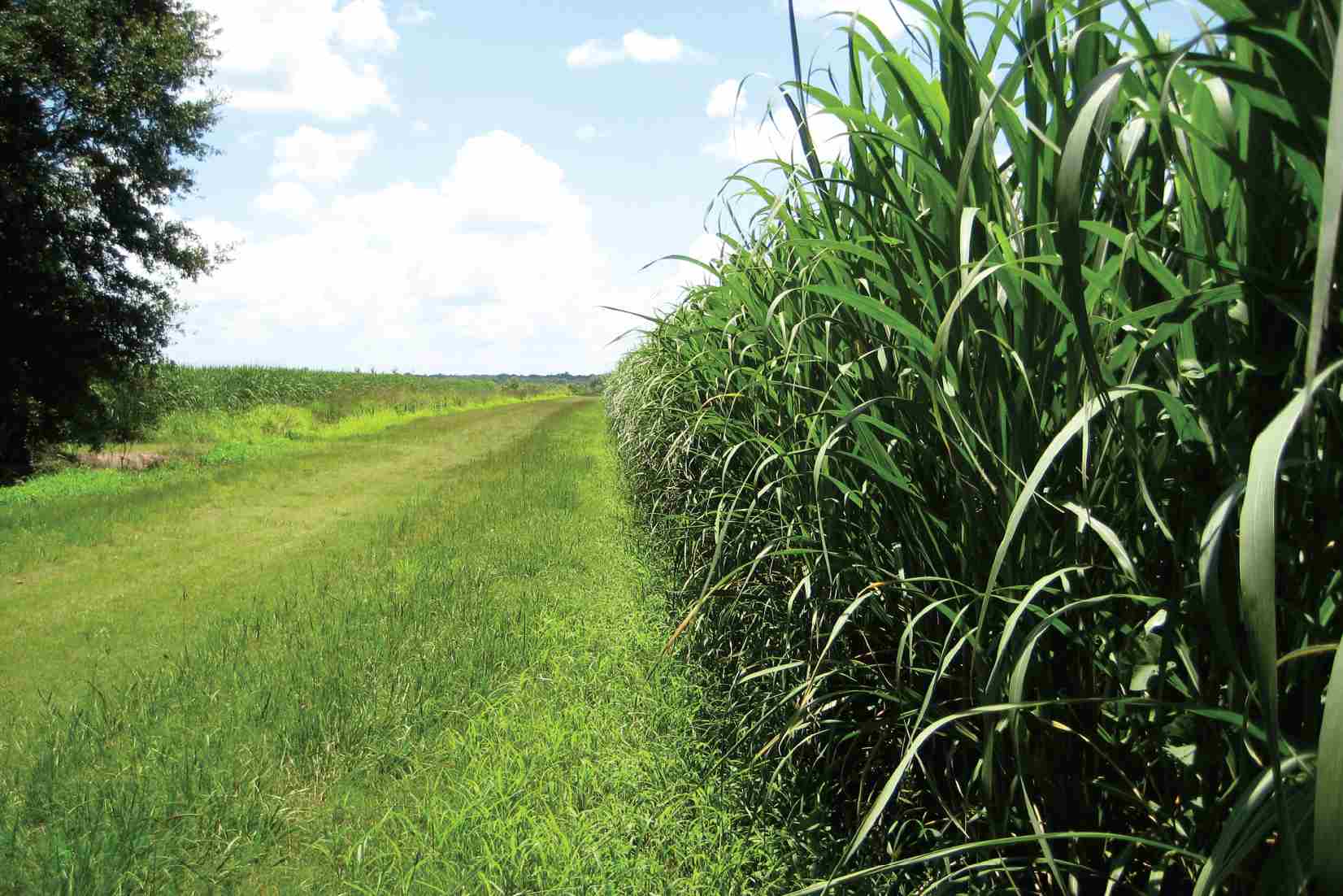
Photo credit: Natalie Baszile
“When the student is ready,” the saying goes, “the teacher will appear.” My teacher was René Simon. He was a classmate of Stephanie’s from Louisiana State University and, to my delight, was an actual sugarcane farmer. By the day of Stephanie’s party, word had spread among the guests that I was writing “a sugarcane book.” René approached me on the edge of the dance floor and offered to answer any questions I might have as I began my research. “Give me a call anytime,” he said and handed me his card.
When I got back to San Francisco, I called him: “If my character inherits land,” I asked during our first phone conversation, “how much would be enough to present a challenge, but not too much that it would be unrealistic?”
René thought for a moment. “She’d probably have about eight hundred acres.”
I hung up and folded that information into the story. A few days later I called back: “If my character doesn’t have a lot of money, what kind of equipment could she afford?”
“She’d probably have an old tractor and a couple busted-up cane wagons.”
Soon, I was calling René once a day. Then I was calling two or three times each day. René’s knowledge and expertise were invaluable. The information he shared about sugarcane farming found its way into the novel, expanding and deepening the story. Finally, one Friday in late October, after my twenty-fifth or thirtieth call, René said, “You need to come back down to Louisiana to see this world for yourself.” I booked a ticket and flew back to New Iberia in early November. It was “grinding,” the term sugarcane farmers use to describe the sugarcane harvest season. For three days, René and I drove the back roads of sugarcane country, dodging tractors pulling wagon loads of sugarcane to the mills. The air smelled of burnt sugar. As we drove, René explained how sugarcane grew and how it was harvested. We talked about his life as a farmer and my life as a writer. We shared stories about our families, the challenges of raising children, our hopes for the future. From the looks we received when we stopped for lunch at the local watering holes, I’m sure some people wondered what a white sugarcane farmer and a Black woman from San Francisco could possibly have to talk about. There were times when I wondered, too. I thought about my dad—the stories he’d shared about his southern boyhood and how hard he’d worked to escape the South. “Be careful,” he’d warned when I told him that I was writing a book set in Louisiana. And yes, there were moments when I was reminded, sometimes bitterly, that I was far from home and understood, to my core, exactly why my father had escaped. But my curiosity about South Louisiana, the people and the culture, was mostly positive and ultimately overshadowed any concern for my personal safety.
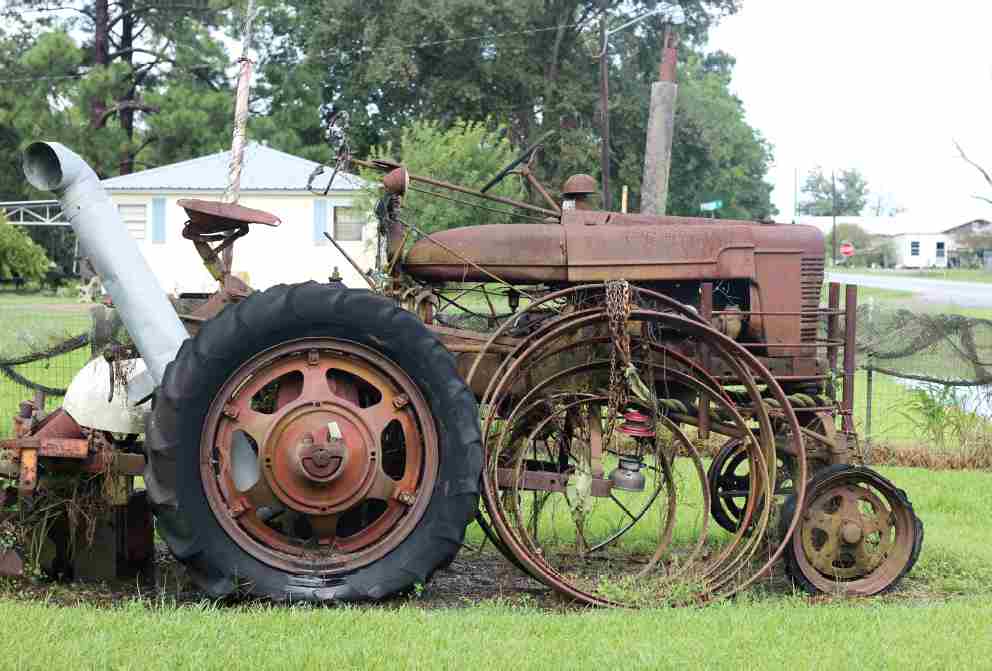
Photo credit: Natalie Baszile
Over the next four years, from 2005 until 2009, I returned to South Louisiana as often as I could. René became one of my dearest friends. Together, we wandered the floors of some of the largest sugarcane mills in the state. He arranged for me to ride on tractors and combines, and when I called once to ask how sugarcane grew, he arranged for me to plant sugarcane early one humid August morning alongside migrant workers.
New Iberia and the string of small towns along Highway 182—St. Martinville, Breaux Bridge, Jeanerette—became my second home. I loved South Louisiana and devoted myself to telling the story of her culture and her people—not a story of moonlight and magnolias, but instead a story that portrayed Louisiana in all of her complexity—one that celebrated her beauty but didn’t turn away from her ugliness.
By 2009, ten years after I walked away from my family business, the manuscript was finished. I had written and revised the novel more than a dozen times. It was the moment to look for an agent and a publisher. But writing a novel and getting it published are two different things, and finding a home for the book proved to be harder than I anticipated. Literary agents who read the manuscript loved the characters and the sense of place. They loved the family drama and the world of sugarcane. They loved the details about farming and Charley’s struggle to find her place. They just didn’t love it enough to represent me. The summer of 2009 proved to be one of the most challenging periods of my life. The rejection letters from agents flooded my in-box. Some of the agents to whom I’d been introduced by writer friends in San Francisco didn’t even bother to acknowledge receiving the manuscript, let alone read it.
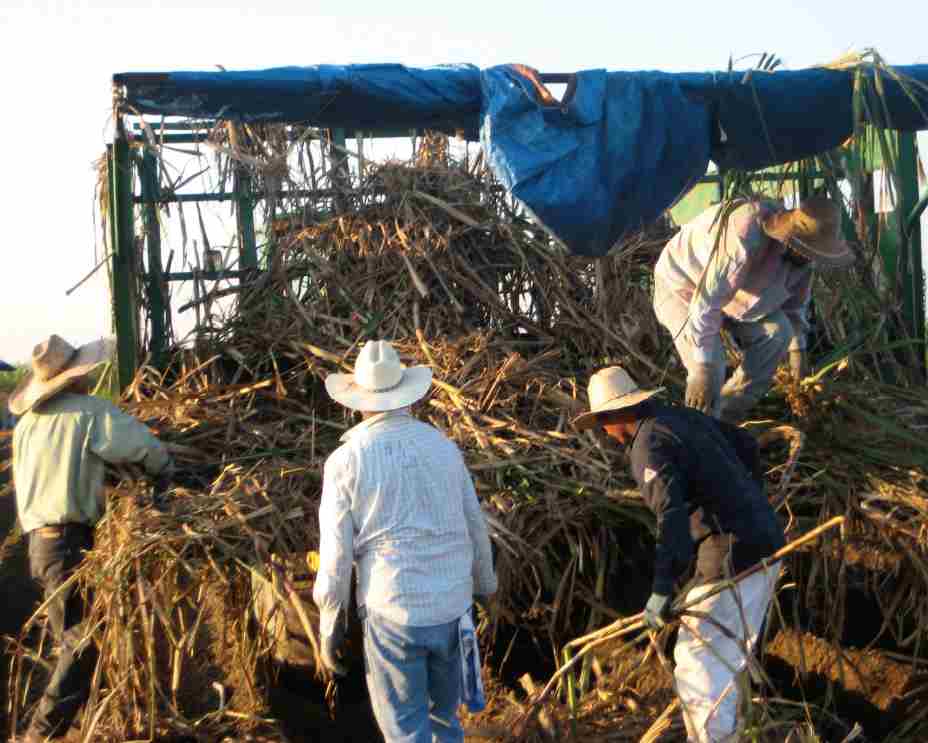
Photo credit: Natalie Baszile
A freelance editor who’d previously worked at one of the big publishing houses read the novel. We met at a café in San Francisco where I looked forward to her feedback. “Well, at least you have this,” she said, pushing the manuscript across the table. “Now you can throw these pages out and start over.” That was the day I sat on my front steps and wept. I’d invested ten years of my life trying to tell a nuanced story about Black people—a story that honored and celebrated what I knew to be the richness and vitality of the Black experience. But no one seemed to understand my vision. No one seemed to understand what I was trying to say.
“I don’t think this novel is going to happen,” I said to René over the phone.
That same summer I’d been awarded a residency at the Ragdale Foundation, an artists’ colony north of Chicago. I packed my bags and got on the plane with the latest version of the novel—the same version the editor told me to scrap—tucked in the bottom of my suitcase. I was so discouraged I couldn’t bear to look at what I’d written; it was too painful. I had given the book everything I had, and I’d failed.
Every now and then, the universe intervenes and sends you a message. In the cab on the way to Ragdale, still exhausted and discouraged, I was slumped over in the back seat when I noticed a magazine wedged between the cushions. Flipping through the magazine, I came across a small article profiling a young woman. She was a musician, and in the article she talked about how hard she was willing to fight for her art. She didn’t care what obstacles she faced, or how many rejections she received; she was determined to keep going. Nothing could stand between her and her artistic vision.
I read the article and thought, “Well . . . shit . . . If she can fight for her art, so can I.”
At Ragdale, five days passed before I was able to wade back into the story. Eventually the world I’d created on those pages came alive again. I reconnected with the characters and heard the rhythm of the prose. I rewrote the novel again. Then again. Then again.
In 2011, almost two years after those first rejections, I sent the manuscript back to the agents. This time, I also included a new agent who’d been recommended by a friend. That agent read the novel in twenty-four hours and called me. “I love it,” she said, and she offered to represent me.
Two months later, we had a contract with a publisher. The novel was published in 2014.
As painful as parts of my publishing journey were, I learned invaluable lessons about determination and perseverance. Time and again I found myself drawing on reserves I didn’t think I had. There were moments of tremendous joy accompanied by moments of crushing doubt. But my struggle was no different than that of people who labor every day to move their lives forward: waitresses, professors, artists, farmers—especially farmers, who, perhaps more than anyone, have a vision of what can be; who, with enough hard work and sacrifice, produce something where there was nothing but the kernel of an idea, a seed of hope. In all the years it took me to write Queen Sugar, I drew inspiration from Black farmers whose lives I worked hard to imagine and whose stories of struggle, perseverance, and resilience I was determined to honor.